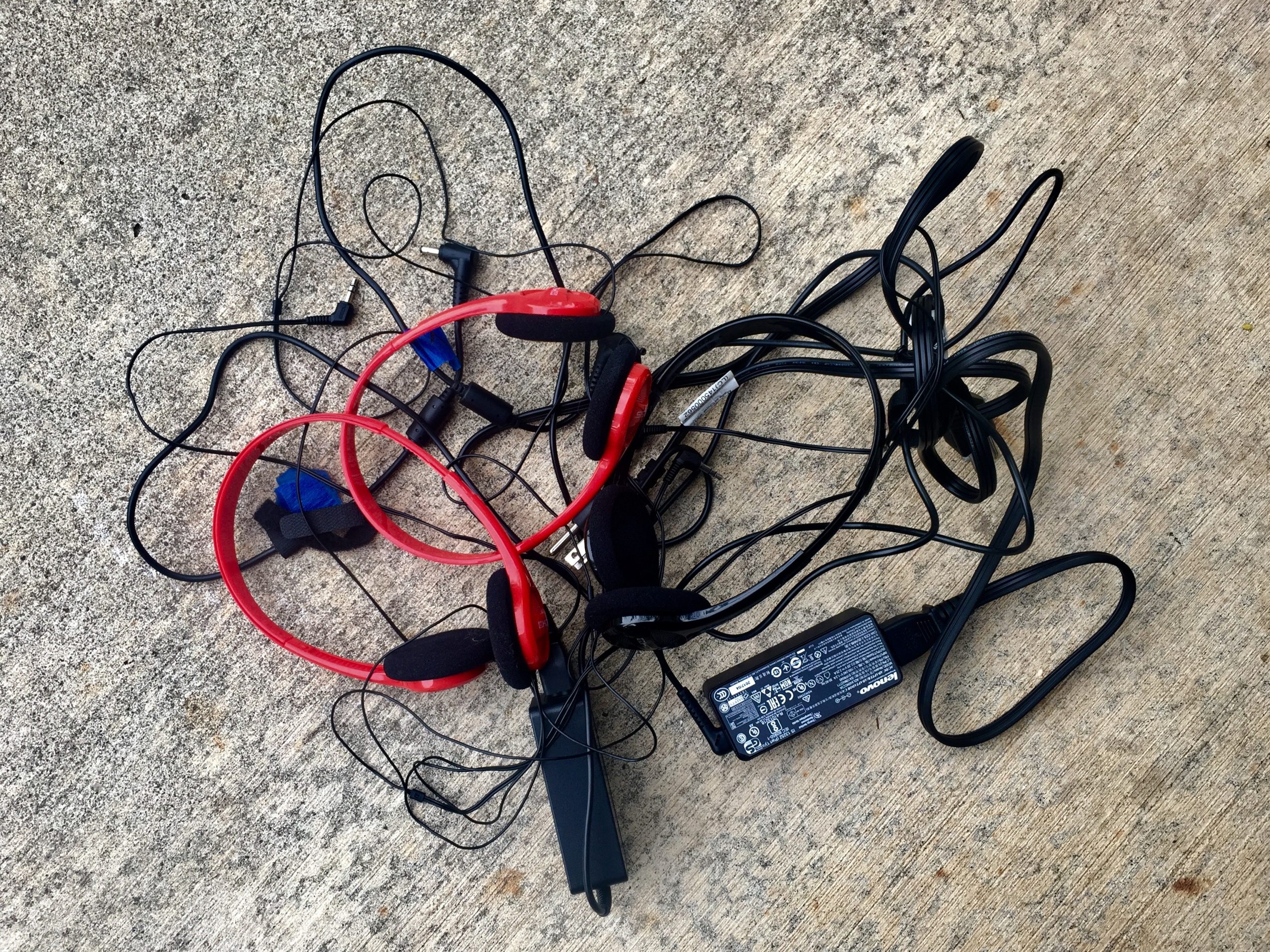By Karen Olson
Did you hear that? That was the sound of rising panic as parents everywhere contemplate the beginning of comprehensive distance learning in just a few weeks.
This is not an article to debate the decision-making process of elected officials, public health experts, and school administrators. They’re mostly doing the best they can with an impossible set of decisions. Every move they make will undoubtedly make things extremely difficult for some, while hopefully protecting the well-being of as many as possible. No one is going to feel good about what happens next, when all we can hope for is the least-worst case scenario.
And this is not a discussion whether or not we can safely resume in-person classes for children in the midst of a deadly pandemic. Many highly-qualified scientists, epidemiologists, pedagogists – all the “ists,” really – have given their thoughtful, nuanced perspectives on why at this moment, in this place, we are not prepared to safely gather large groups of children and the adults who care for them without risking additional disease, disability, and death. I am grateful that we have paused our devil-may-care race to “normalcy” long enough to agree that the lives of our children and teachers are worth protecting, whatever the cost.

This is instead, quite simply, a cry for help. The parents you know are, to be very frank, not OK.
I’ve been thinking a lot about the days after bringing a new baby home from the hospital. As new parents, we were attended to and cared for during and immediately after the births of our kids (shout-out to the L&D nurses at Tillamook Regional Medical Center – the Olson babies send their regards). But after the car seat was inspected and our impossibly tiny child buckled in, we were sent out into the wide, wide world alone.
Not completely alone, of course. Grandparents and siblings dropped what they were doing to come cook meals and rock the baby during those tender early days. Neighbors and friends brought meals and offered to babysit the older kids for a spell. Diapers and hand-me-down baby clothes appeared on the porch. The community knows how to show up for new parents, and they did, four times in five years, for our family.
But then comes the wilderness of the baby and toddler years. Society-wide supports are few and far between, and parents are left to their own devices as they navigate sleep deprivation, potty training, and naptime meltdowns all while trying to resume their normal pace of life and work as if nothing at all had changed. As anyone who has tried to find daycare for an infant can attest, our culture is not designed to accommodate families during these difficult years.
I distinctly remember the day when I did the math and realized I would be losing money every hour I worked because the cost of childcare far outpaced what I could earn. It’s next to impossible to work a job if you are the primary caregiver for small children, and even navigating daily errands is fraught. The best parents can hope for is an encouraging glance from a stranger in the grocery store when the toddler completely loses it in the fruit snacks aisle. And much more often, the world at large acts as though the existence of your child – any child – with their attendant noise and mess, is an inconvenience and a disruption to the very important business of adults.

It’s no wonder, then, that I arrived on the doorstep of kindergarten eager for my oldest child to attend school. It’s as if the first five years of a child’s life are the world’s messiest DIY project, and after struggling alone for half a decade, parents finally achieve structured, consistent support. We gratefully enroll our children in public school, desperate for the only universally available help society has decided to provide for families with children. For surviving the first five or six years of parenting, your reward is the service of professional guides who will teach your child to write their name, calculate sums, find Florida on a map, and take turns on the playground.
Is it any surprise that many parents count on school as the first and only society-wide, subsidized support for raising the next generation? Millions of parents can only reenter the workforce when all their children come of school age, due to the impossibility of finding safe and affordable childcare on their own. And now, thanks to a pandemic that continues to rage uncontrolled, we parents are thrust back on our own resources, stripped of the only consistent help we could count on to raise our children with us. We are desperately missing the village of teachers, administrators, and staff who were an essential part of our parenting team.

Parents everywhere are doing the math, trying to decide if they can afford to work less or not at all, weighing the risks of disease exposure with the risks of poverty, calculating just how many people they can expose their child to in a quest to cobble together enough childcare to get by, wondering if there’s any job available to them with wages that would offset full-time, all-day care for their school-age children stranded at home. Parents are quitting their jobs, or doing their work at night after the kids go to sleep, or feeling guilty about using screen time as a babysitter so they can stay employed. Every decision, every trade-off, feels like a defeat.
I can’t solve what is a systemic, nationwide problem, but I can ask for help on behalf of the parents. Grandparents, neighbors, friends: the parents you know are not OK. Can you help? Maybe drop off dinner, offer to babysit in your backyard or a park, pay for a subscription to an activity box or kids’ magazine, deliver a care package of art supplies, grab groceries or prescriptions, Amazon Prime some snacks, send flowers or gift cards or a regular old card, chat with the kids on FaceTime, pay for a massage or therapy visit. These kinds of practical, tangible care may be the lifeline that someone you love is desperately waiting for.
School, we miss you. Village, we need you. Parents, I see you. Let’s remember that we truly are in this together.


.png)